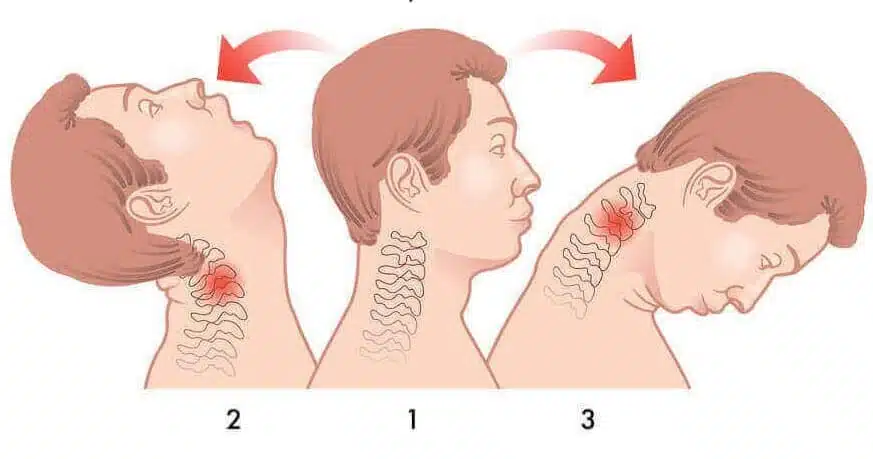There are a number of body changes that occur during pregnancy which play a role in the onset of pregnancy back pain.
Category Archives: Back and Joint Pain
Whiplash Physiotherapy Treatment Under CTP Insurance CTP whiplash physiotherapy is also referred to as “Compulsory Third Party” insurance physio . This is a type of insurance coverage for motor vehicle accidents the most common of which is a whiplash injury. CTP insurance provides compensation for personal injuries caused by a motor vehicle accident and CTP… Read More >
Make The Most Of Your Extras With nib First Choice Network At Sydney Physio Clinic we are proud to be a part of the nib preferred provider scheme, known as the nib first choice network. As with all private health insurance funds as a member you can see any healthcare professional your choosing (assuming their… Read More >
Brachialgia: It’s A Real Pain In The Neck Simply put brachialgia is a medical term used to describe a type of arm pain resulting from a compressed or “pinched nerve” in your neck. It is similar in many ways to the more commonly known condition of sciatica which causes leg pain from similar origins of… Read More >
What Can I Do To Effectively Use Standing Desks At Work? Standing desks when used correctly can help make up a part of the solution towards better health in the modern world for many white collar office workers. Standing desks alone are clearly not the solution, however their appropriate use on top of living a… Read More >
Standing Verses Sitting In The Office Space Considering staying still in any position be it sitting, standing or lying for too long isn’t considered great for your health regardless of which posture it is, then it goes with out saying that as an office worker how you structure your approach to your work day both… Read More >
What Is Glucosamine Sulphate? Glucosamine sulphate and chondroitin sulfate are natural substances found in and around our body’s cartilage cells and therefore considered important substances with regard to our joints. Glucoasmine is an amino sugar that the body produces and distributes in cartilage and other connective tissue. Glucosamine sulfate is a chemical found in the… Read More >
An Often Over Looked Importance Of Water Water is the most important nutrient for the human body by a long way, next to oxygen, our body needs water in order to survive. The human body can last weeks without food, but only days without water. Seeing as our bodies can’t store water we need access… Read More >
The Common Types Of Topical Pain Killers Topical pain killers come in several different forms, ranging from being available as a rub on, roll on, spray on liquid or creams, as well as coming in adhesive long lasting topical patch form which can be placed on the site of discomfort. There are many different options… Read More >
What Is It About Fish Oil That Makes It Special? In Australia fish oil is one of the most commonly consumed supplements on the market and research suggests that taking fish oil can reduce inflammation and the morning stiffness associated with inflammatory arthritic conditions. Arthritic conditions such as rheumatoid arthritis, ankylosing spondylitis, psoriatic arthritis, lupus… Read More >











